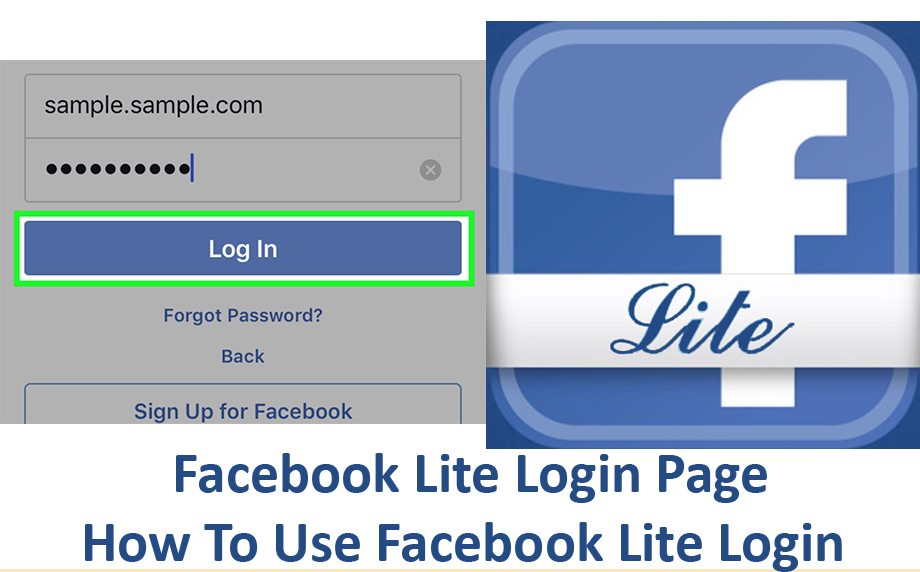Microsoft confirmed that it held talks with the Chinese technology company ByteDance to acquire Tik Tok in the U.S. Microsoft further stated that it will keep working with the U.S government to complete this deal by September 15.
By now, you should have heard of Tik Tok ban in India and their very much anticipated ban in the U.S. With each passing day, Tik Tok’s actual ban in the U.S actually draws closer.

These bans are a result of believes that the Chinese government might have access to Tik Tok servers and a whole lot of other Chinese apps including WeChat.
Microsoft doing this will help make Tik Tok available to the U.S and give other countries considering a ban like India a reason to rethink. They also stand to become big names among social media platforms and challenge the likes of Facebook whom they’ve previously strike several deals with.
At first, when reports emerged that Microsoft aims on buying the massive ByteDance app, President Trump resented saying that he opposed the idea of Microsoft buying Tik Tok and that he was not changing his mind about banning Tik Tok. With time Trump reportedly changed his mind and gave ByteDance 45 days to seal a deal with Microsoft over Tik Tok’s sale in the U.S.
Microsoft statement read “This new structure would build on the experience Tik Tok users currently love while adding world-class security, privacy, and digital safety precautions. The operating model for this service would be built to ensure transparency to users as well as appropriate security oversight by governments in these countries.”
Microsoft is considering buying Tik Tok not just in the U.S, but also in Canada, Australia, and New Zealand. The deal really looks like a finished one with ByteDance and Microsoft all ready to seal the deal.
ByteDance hopes to successfully close the deal so as to hand over its U.S user’s security and data to Microsoft. If this deal was to go through, ByteDance would still have access to Tik Tok servers that aren’t part of Microsoft deal including Douyin, it’s Chinese Tik Tok counterpart.





